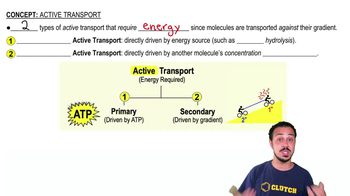Fill in the following table with the carbon source and energy source of each type of organism.
<IMAGE>
 Verified Solution
Verified Solution



 5:11m
5:11mMaster Introduction to Aerobic Cellular Respiration with a bite sized video explanation from Jason Amores Sumpter
Start learning
